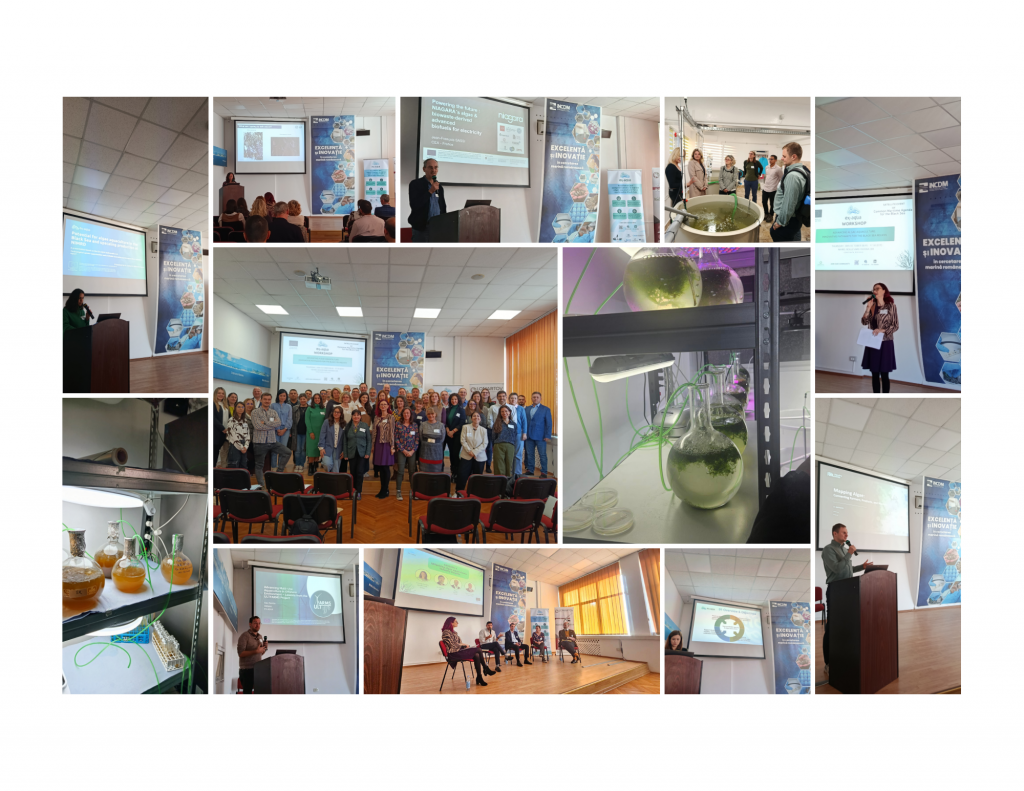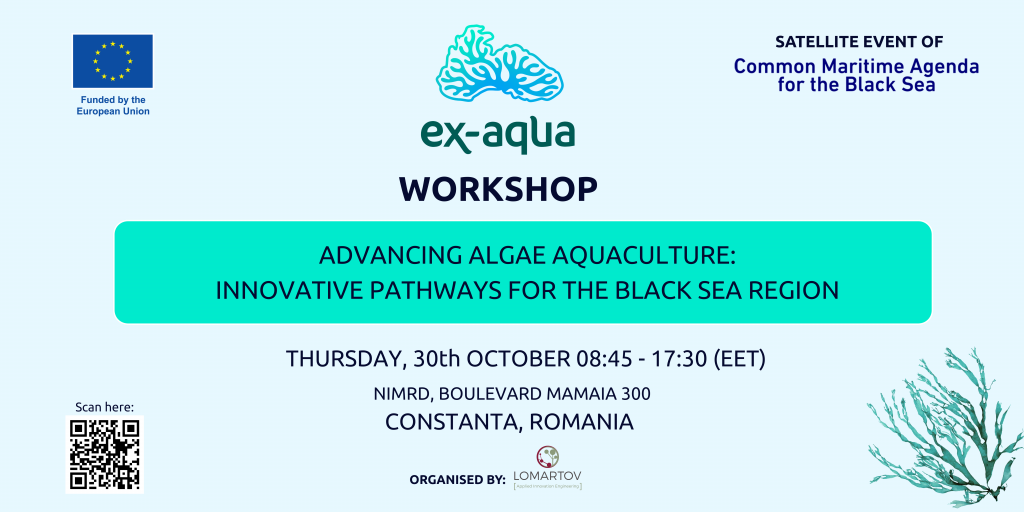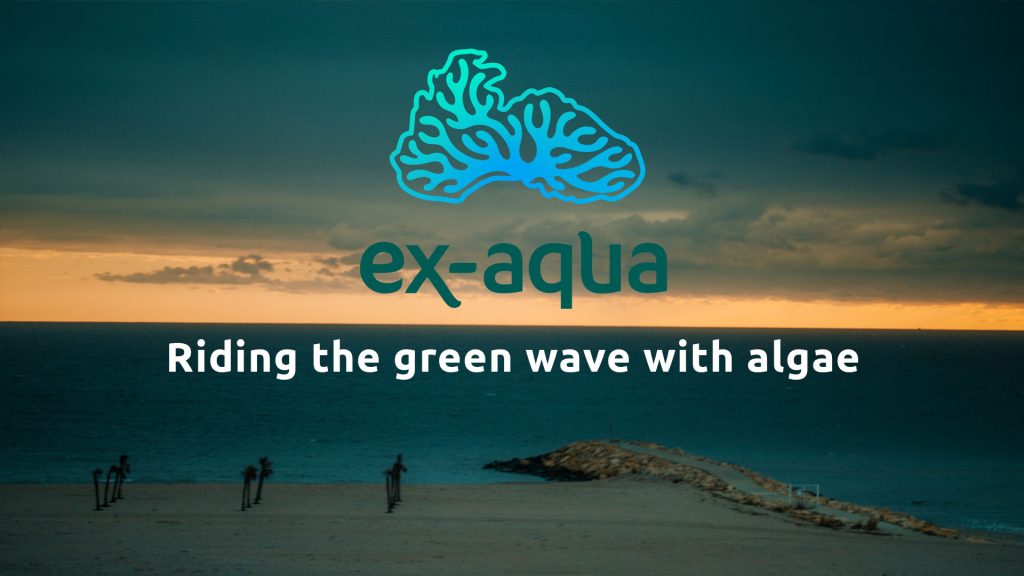Welcome to our Q&A series, where our expert team answers essential questions about EX-AQUA’s pivotal role in enhancing regional and scientific impact. Discover how the project advances excellence and competitiveness in marine algae aquaculture, supporting a sustainable Black Sea, bridging regional disparities, and contributing to the Blue Economy and the objectives of the European Green Deal.
Today, we speak with Isabel Sofia Abihssira Garcia, assistant scientist from Cyprus Marine and Maritime Institute (CMMI).
How do you believe EX-AQUA will shape the future of marine algae aquaculture in the Black Sea region?
“EX-AQUA is an important first step for the development of sea-based seaweed aquaculture in the Black Sea, an industrial activity that is currently not developed in this basin. The successful development and implementation of seaweed aquaculture in sea-based conditions as part of EX-AQUA will make NIMRD a pioneer in the algae aquaculture field and will bring along new commercial opportunities to the Black Sea and Romania.”
What are the challenges and benefits of cooperation in EX-AQUA, especially between organizations from different regions?
“The collaboration amongst the partners of EX-AQUA will strengthen the knowledge of NIMRD in algae aquaculture. NIMRD will benefit from the expertise of partners such as UG and AWI when increasing the production of algae and will decrease the risks associated to it. In addition, CMMI will transfer knowledge to NIMRD that will help scaling up the algae production by identifying potential stakeholders, funding opportunities and the strength and weaknesses of NIMRD in the field. However, the regional difference among the partners is one of the main challenges that NIMRD will have to tackle during the transfer of knowledge and skills.”
In your view, what makes EX-AQUA a timely and necessary project in today’s environmental context?
“The EU has stated diverse priorities for the coming years, including the identification of new sustainable food sources and moving towards lower environmental impact activities. The development and successful implementation of seaweed aquaculture combines the above mentioned. Algae are a rich source of bioactive compounds, minerals, and PUFAS (among other nutrients) and have an additional potential for biotechnological applications. In addition, the production of seaweed in aquaculture conditions have a very low environmental impact. Thus, this field has a huge commercial potential for the near future and needs to be explored and developed further in the European basins.”
How does EX-AQUA align with your CMMI’s long-term research or development goals?
“CMMI aims at investigating and developing sea-based algae aquaculture in the Eastern Mediterranean Sea. While sea-based seaweed aquaculture is experiencing an exponential increase in the North Atlantic Ocean, both the Black Sea and the Mediterranean Sea are stagnating in this field and commercial sea-based seaweed aquaculture is non-existent in such basins. Thus, NIMRD and CMMI share common goals that aim at investigating and developing sea-based algae aquaculture in basins that are being underdeveloped in the seaweed mariculture field.”
Stay tuned as we continue exploring the groundbreaking work of the EX-AQUA project in upcoming articles. For the latest updates and insights, follow us on LinkedIn, visit our website, and subscribe to our newsletter to keep up with our journey advancing marine algae aquaculture in the Black Sea region.






